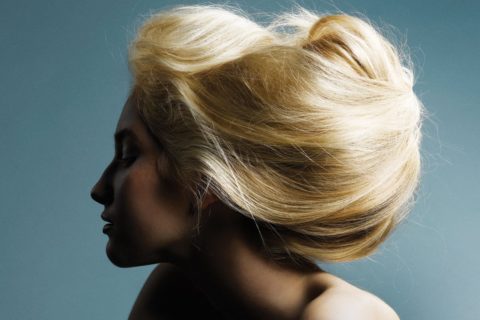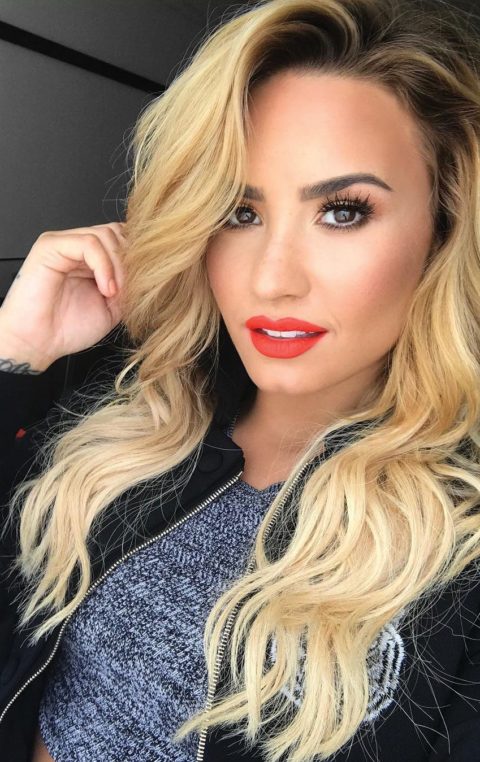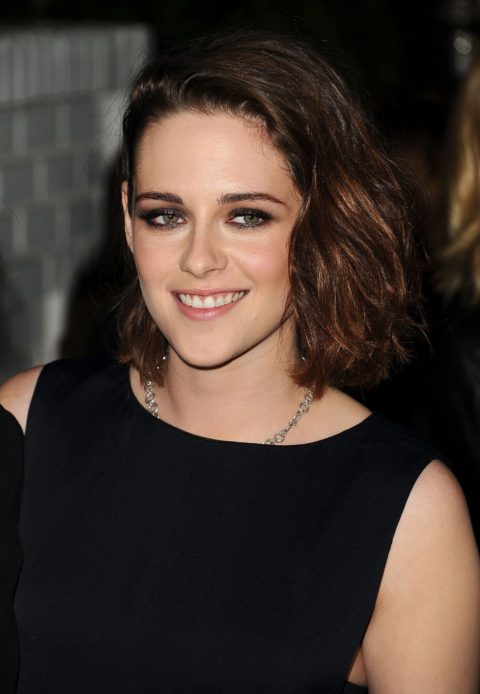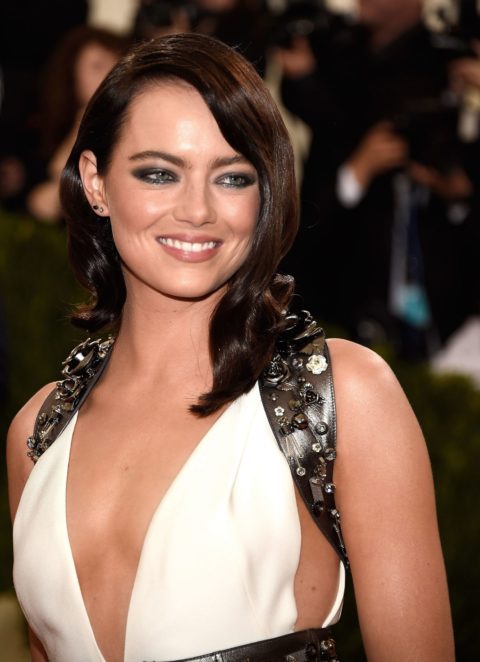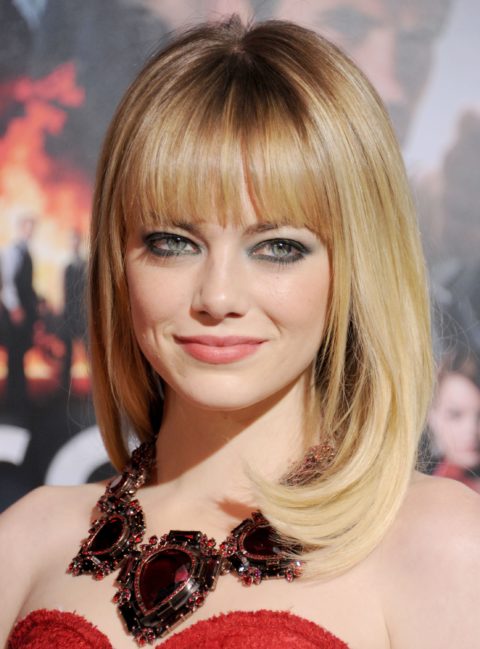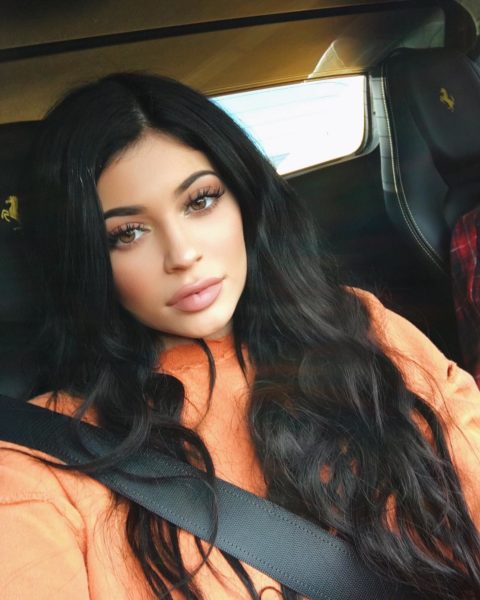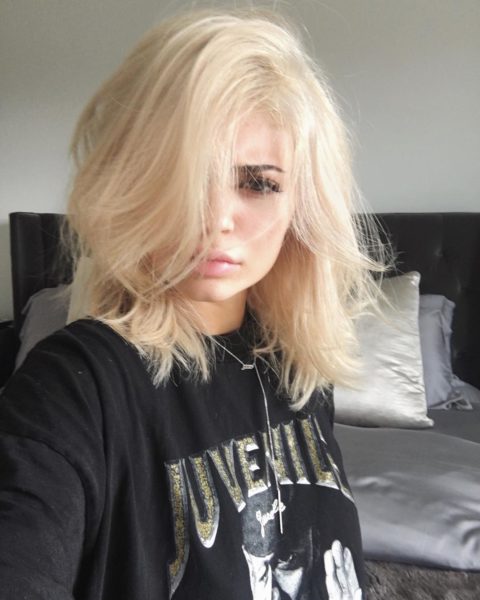Confessions of a Blondaholic
I stared incredulously at my reflection in the mirror as an older Portuguese lady I’d found on Groupon painted an inch of bleach around my hairline to blend in fresh highlights she had just done. Afterwards, as the hairdryer orbited my head, an unsightly ginger halo emerged, and I realized I’d reached a breaking point—for my hair and for me.
My fascination with blonde hair started when I was a child. Every Christmas I’d unwrap a brown-haired doll and look over enviously as my fairer-haired sister got a blonde one. As a preteen, I understood that all popular-girl transformations began with a bottle of bleach. (I blame Sandy in Grease.) And at 16, I believed there was nobody cooler than Debbie Harry.
But being a brunette was deeply ingrained in my psyche. Everyone in my family had been naturally dark—my grandparents, my mom and dad and even my once-fair sister, whose hair turned brown by her 11th birthday. Over the years, from Sun-In misadventures to expensive salon jobs, I had watched many friends go blonde and felt a sense of betrayal, which made me stubborn and not want to switch teams.
I was also convinced that going blonde wouldn’t suit me—until 2010, when I attended a wedding in Las Vegas where the female guests were given Marilyn Monroe wigs. I liked mine so much that I wore it around the house—I even wore it to a non-costume New Year’s party, where I received compliments. Maybe I could pull it off after all.
When an opportunity to try the pastel hair trend came up four years later for an assignment, I jumped at it. Carolyn Mila, a colourist at Toronto’s Medulla & Co. salon, turned my virgin brown hair peach. What I didn’t know then is that the key to pastel hair is starting with a cool ashy blonde underneath. So when the colour washed out after a few weeks, I was officially blonde for the first time in my life. And I loved it. I went back for Degas-inspired blue and then rose-gold locks, each time pleading with Mila for a whiter, denser blonde farther up my hair so that more of it would be blonde when the pastel washed out. “Be careful,” she warned me. “There’s a name for that: blondorexia.”
I disregarded the advice—the attention I received far outweighed any concern. Both men and women seemed to clock me all of a sudden. I turned heads riding my bike—it reminded me of the first time I wore contact lenses at 16 after being bespectacled since age nine. At events it was an instant conversation starter, as if my hair colour was a constant surprise. Even friends could not curb their enthusiasm, telling me the brightness suited my personality and saying things like “never go back” as if they were talking about an undeserving ex.
I was hooked. “The brightness and the attention you get with being a blonde is definitely something people become addicted to,” says New York-based colourist Aura Friedman of Sally Hershberger Tim Rogers salon, who turned model Soo Joo Park’s brown hair platinum five years ago and is a key player in the ice-blonde movement. Before long I had given up the pastels altogether and was searching for a salon that would make me blonde from the roots down.
When you overdose on blonde, you lose the contrast of your natural colour, Friedman says. It’s like when you contour your face with makeup: “You put the contour underneath the cheekbone and the highlighter on top,” she says. There was no question: This had happened to me.
I knew I had to return to the very person who had warned me of this. Mila inspects clumps of my frizzy yellow hair. “It’s kind of a high school blonde,” she says. I can tell that that’s a euphemism. Then she walks me through the process. “Going back to brunette is about re-establishing your base,” she says. “I wouldn’t recommend you go full brunette in one shot because that solid colour will make your hair look flat.” Instead, she gives me superfine highlights and lowlights to create variation and fullness and then dyes my roots brown.
It feels good to be back in Mila’s chair. The soothing, cool metal of her comb works methodically across my head in a process that takes over five hours. For me the work continues outside the salon: My hair might be closer to my natural colour, but I am still dependent on colour-protecting sprays and leave-in masks because my strands are so porous from being overly treated. I am firmly out of Bananarama territory and now have a sort of bronde ombré.
People in the salon ask questions like “What made you want to make such a drastic change?” As I watch blonde after blonde admire their colour, it’s as if I am swimming against the tide. Peter Frost, a Canadian anthropologist, says, “Blonde hair is much more popular in the south of Europe, where it is rare, than in the north, where it is more common.” It makes sense: Three years ago I was doing something different; now it seems as if everyone is blonde and for me it’s lost its appeal.
I feel as if I’m in a minority for returning to my brunette roots because the majority of customers are exiting the salon with freshly dyed blonde hair. But celebs like Kristen Stewart, Demi Lovato and Lucy Hale have all undergone similar hairvolutions. I ask Mila, who has cut off her rainbow locks and is sporting a brown crop, what she thinks is next in terms of hair colour trends. “I think natural hair and low maintenance are cool,” she says.
I have to agree. I let my hair air-dry while watching The Fall and extend washes with dry shampoo and messy ponytails. And when I take off my makeup at night, my complexion looks healthier. (I’d been in the habit of using bronzer as face powder to create a contrast with my hair.) I’m pleased that I’m closer to what I am supposed to look like. It’s not just about embracing my roots but about being myself.

